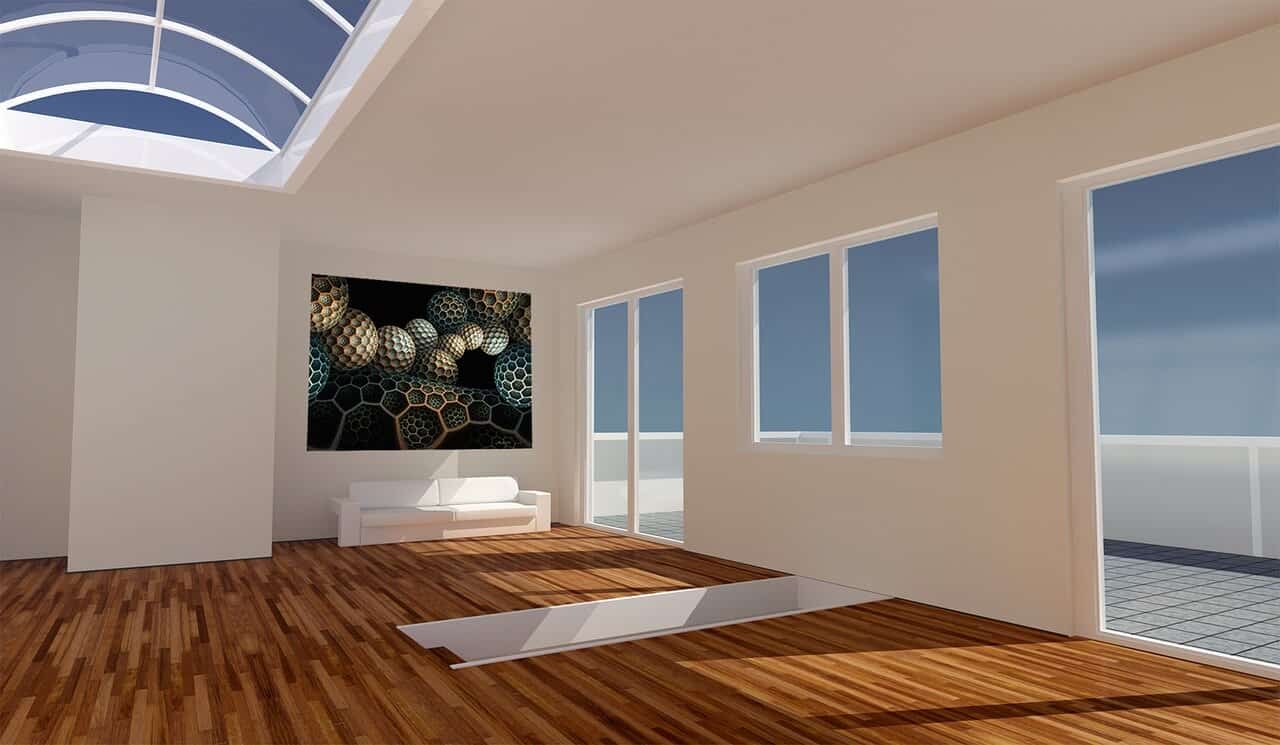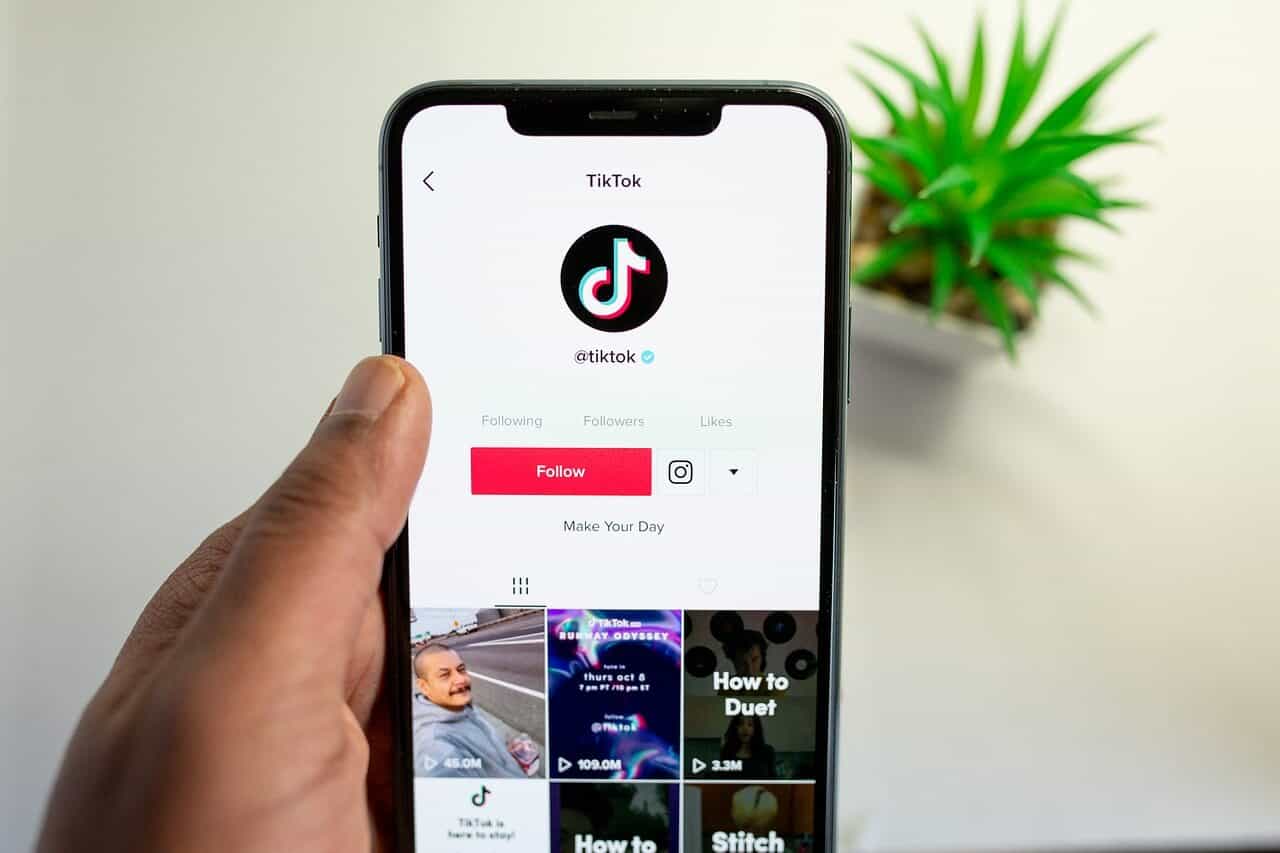Advertising your real estate business, your properties, and even simply communicating to your audience has become increasingly more difficult since the pandemic. Operating digitally became the foundation of most businesses instead of just being a complementary aspect. The practice of showing homes has drastically changed. In certain areas, live showings weren’t allowed, while in others, it was allowed with specific safety precautions. Even more, sometimes the more pressing issue was prospective buyers who didn’t feel safe visiting every location on-site. This meant that digital marketing practices had to be reassessed and changed – fast.
Having a nice website with professional photos isn’t enough. Homebuyers now want to be able to get the look, and a feel of the property even before they visit it. Basically, they needed to be sold before you could even mention the words “buying” and “selling”.
Explore with us how real estate marketing trends have changed since 2020 and gather some ideas for your real estate marketing practices for 2021 and beyond.
Video Marketing in Real Estate
 The easiest way to transition from still photography is to include the “movement image” – video.
The easiest way to transition from still photography is to include the “movement image” – video.
Even before the challenges of the COVID-19 pandemic, real estate was an extremely competitive industry. Videos have had a massive impact in marketing for quite a while; in 2014, an estimated 85% of both buyers and sellers wanted to work with an agent who uses video.
Footage done by a professional for each and every home can be both costly and time-consuming. There are ways to leverage video without going the extra mile, like making amateur recordings with a phone camera and/or a drone. This can even have the added benefit of making the home showing more raw, real, and personal.
You can even do things like interview neighbors and record the surrounding area. People and surroundings are as important for homebuyers as the property itself.
Having at least some form of video media as part of your advertising strategy has become crucial for the real estate business. According to research, 39% of homebuyers used sites with embedded video during their search. Pages with videos also get 157% more organic search results than those without.
There are more ways to attract potential homebuyers than just giving a property tour. You can record tips and tricks for property hunting. You can even put out recordings of your successful sales to show what the process looks like for inexperienced buyers.
Statistics show that viewers retain 95% of information when watching a video versus reading it in text, and almost two-thirds of all internet users prefer watching a video over reading on the internet, especially when learning about a product or service. This means that having a video at all increases the chances of getting heard to begin with. You need to get creative. Find new ways to not only show off what you’re selling, but how you’re selling it, and how your customers may benefit from choosing you over your competitors.
AR/VR property viewing and design

It’s estimated that Augmented and Virtual Reality will have an $80 billion dollar market by 2025, and rightfully so. Real estate marketing, too, is becoming dependent on the use of virtual worlds to sell real-life goods.
For property hunters who know exactly what they do and do not want, it’s going to be a long road before even considering to actually settle in and buy a house or flat.
Instead of viewing a couple of homes a day – months on end – VR and AR have given nit-picky homebuyers the opportunity to view dozens, if not hundreds of properties a day without ever having to leave the comfort of their current residence. The benefit of 360 imagery allows the user to walk through the rooms and peek at every nook and cranny. It’s very similar to what you can do with Google Street View when you want to get acquainted with an area before you decide to visit it in person.
But virtual tours are not the only benefits AR and VR introduce. You have a prospect who likes a property, but not how it’s painted or furnished? You can use third-party apps such as the Hutch interior design app or IKEA Place to introduce redecorating opportunities.
You’re pre-selling a property that’s currently under construction (or even still just laid out on a blueprint)? You can use augmented reality to create a completely interactive 3D model of what the finished product will look like. This is much more likely to appeal to your customers than a sketch on paper. Convincing people to buy a house or flat that doesn’t even exist yet is hard enough to begin with. If buyers have the opportunity to take a stroll through the future, even if it’s via their computer screen, the whole experience will feel much less fictional for them.
Go viral – use TikTok

Gen Z are stepping into their homebuying years, and they’re also the most likely age group to make (or already have) a TikTok account. So it should come as no surprise that a rising channel for Real Estate as well as any other market is none other than TikTok.
Essentially, all things that apply to video marketing in general also apply to TikTok. The catch? You have only 15 to 60 seconds to do it.
Many real estate agents and business owners are resorting to TikTok to build a name and audience in the digital world through comedy or helpful advice videos. Now, we have to warn you, this does come with a lot of dancing, emojis, and sparkly filters. You may need to get a bit out of your comfort zone if you’re not already riding the TikTok wave. Before you write the platform off, though, consider the fact that CC Underwood has over 120k likes and dozens of videos that have gone viral – all recorded with her selfie camera.
As you produce entertaining content relevant to your niche and gain a following, you can connect your other channels on TikTok to increase their visibility, as well. Youtube and Instagram can be connected directly in the app, whilst you can use Linktree in your bio for your websites, forms, or any other accounts. You can keep your upbeat TikTok videos as a lead magnet whilst keeping your sales and all your other business information on your main accounts and channels.
If luck serves you, you just may end up having a realtor influencer career, like Quen Williams, who now uses her platform not only for sharing tips for buyers and sellers, but to also raise awareness of social issues as a young black woman in business.
There are numerous ways to brainstorm content as a realtor on TikTok, but property sharing is obviously one of them. House flippers are using the #realtor hashtag on TikTok which, at the moment of writing this article, has nearly 900 million views! The standard property-showing video on TikTok consists of a few quick panning shots of both the interior and exterior simply recorded with a phone camera, combined with some upbeat and trendy music, and perhaps a filter.
Research shows that Gen Z has an attention span of only 8 seconds. Quick shots and short clips on TikTok allow them to consume a huge amount of content and information in a short amount of time. If the younger generation is your target audience, then TikTok should be your new go-to.
Have we missed any rising trends? Sound off in the comments below!


Recent Comments